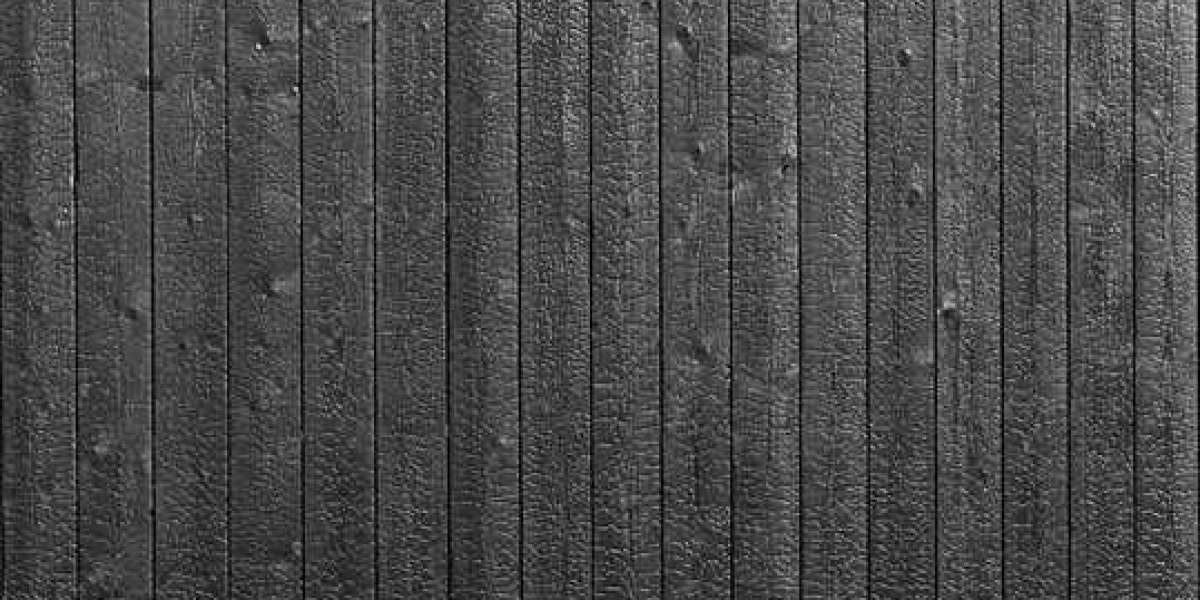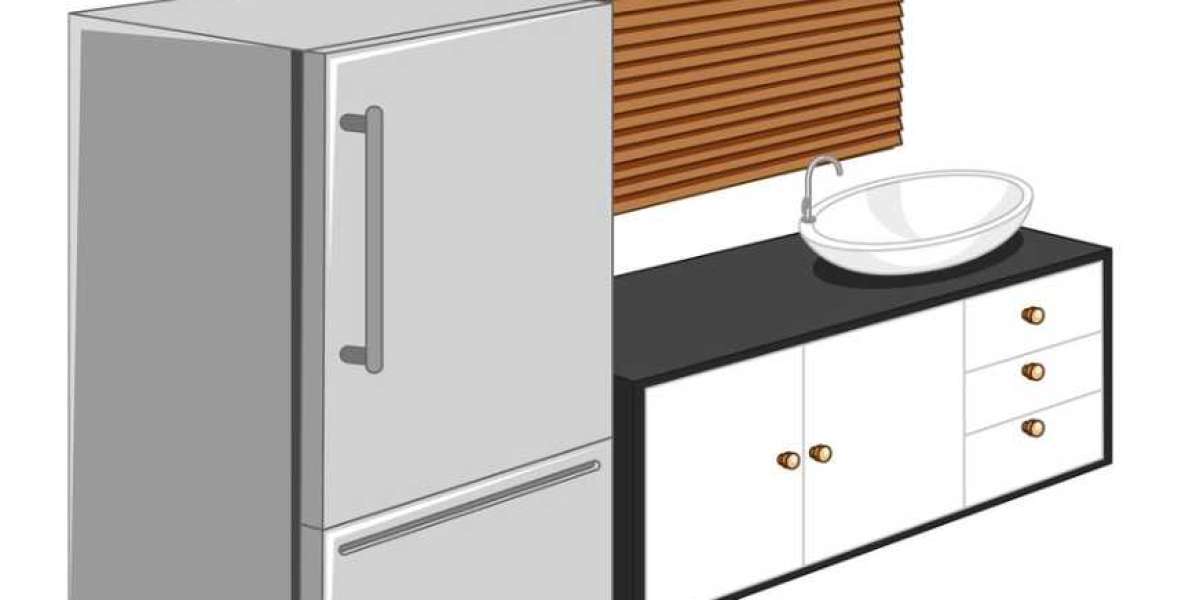Shou Sugi Ban is an ancient Japanese technique for wood preservation that has gained international attention from architects and designers. This traditional process involves charring the surface of the wood, resulting in stunning and durable cladding. When paired with Accoya, a revolutionary wood modified for superior performance, the combination is truly exceptional. In this blog, we will explore the beauty and benefits of Shou Sugi Ban Accoya and explain why it is an excellent choice for modern construction.
What is Shou Sugi Ban?
Shou Sugi Ban: Yakisugi, which means, is a technique from Japan whereby wood is charred, cooled, and finished with oil to make it look different and durable. This is done on cedar (Sugi) a wood that has been used for creating Sugi Ban cladding in order to prolong the life of wood by making it decayed, pest, and fire-resistant. Apart from the practical benefits, Shou Sugi Ban has an aesthetic appeal with a deep black finish and striking textures and patterns.
What is Accoya?
Through a process known as acetylation, Accoya wood is high-performance yet eco-friendly. Acetylation changes the chemistry of the wood on a molecular level to make it more stable, resistant to rot and swells, and much longer-lasting. It is an environmentally friendly substitute for tropical hardwoods or chemically treated timber as Accoya comes only from fast-growing, FSC-certified softwoods.
Accoya in combination with the Shou Sugi Ban technique offers wonderful exterior cladding that suits modern architecture with its strength and sustainable beauty.
Why Choose Shou Sugi Ban Accoya?
Combining the time-honored art of Shou Sugi Ban with the modern innovation of Accoya results in several compelling advantages:
Enhanced Durability
Accoya is already known for its unparalleled longevity, with a lifespan of up to 50 years above ground and 25 years in-ground or freshwater contact. When charred using Shou Sugi Ban techniques, the wood becomes even more resistant to the elements, making it ideal for exterior applications such as Sugi Ban cladding.
Low Maintenance
The charring process in Shou Sugi Ban naturally protects the wood, reducing the need for frequent maintenance. Accoya’s dimensional stability means it doesn’t warp, swell, or shrink, even in harsh weather conditions. Together, these properties ensure your cladding remains beautiful and functional with minimal upkeep.
Sustainable and Eco-Friendly
Both Shou Sugi Ban and Accoya are environmentally conscious choices. Accoya’s production minimizes carbon emissions, and its longevity reduces the need for replacement materials. Similarly, Shou Sugi Ban uses natural processes to enhance the wood, avoiding the use of harmful chemicals.
Striking Aesthetics
The deep charred surface of Shou Sugi Ban adds a bold, dramatic flair to any structure. Accoya’s uniform grain ensures a consistent and polished finish, making it a favorite for both traditional and modern designs. Whether used for residential homes, commercial buildings, or garden features, Shou Sugi Ban Accoya offers timeless elegance.
Applications of Shou Sugi Ban Accoya
Cladding
Sugi Ban cladding is a standout application for Shou Sugi Ban Accoya. Its sleek, blackened appearance is perfect for creating a modern, minimalist façade or adding a touch of drama to rustic designs.
Decking
Accoya’s durability and Shou Sugi Ban’s anti-slip properties make this combination ideal for decking. The charred finish also adds a sophisticated look to outdoor spaces.
Fencing
A Shou Sugi Ban Accoya fence not only provides privacy but also enhances the overall aesthetics of your property. Its long-lasting nature ensures it remains beautiful for years.
Interior Features
Beyond exterior uses, Shou Sugi Ban Accoya can be used indoors for accent walls, furniture, or ceiling panels. Its striking textures bring warmth and character to interior spaces.
How to Maintain Shou Sugi Ban Accoya
While Shou Sugi Ban Accoya is exceptionally low maintenance, occasional care can extend its lifespan further:
- Cleaning: Use a soft brush or damp cloth to remove dirt and debris. Avoid abrasive materials that could damage the charred surface.
- Oiling: Periodically reapply oil to maintain the finish and protect the wood from UV exposure.
- Inspections: Check for any signs of damage or wear, particularly in areas exposed to heavy traffic or harsh weather.
Why Shou Sugi Ban Accoya is Worth the Investment
Perfectly fuelling what they can do, Shou Sugi Ban Accoya is going to be one of the most futuristic cladding materials. Inherent durability, sustainability, and beauty make it stand up to the most shared requirements of architects and homeowners interested in long-term investment.
It could be that one wants to extend the house with Sugi Ban cladding or add character to interior space extensions with outdoor living spaces. Shou Sugi Ban Accoya offers a burning performance and breathtaking beauty.
Final Thoughts
Shou Sugi Ban Accoya embodies a perfect merge of past and future. Embracing the greatest of Japanese craftsmanship and modern wood technology, timeless beauty, affordable eco-credentials, and all-around durability render it a material that is adaptable and precious for any project. If you are interested in having your space transformed with the elegance of Sugi Ban cladding, then consider getting Shou Sugi Ban Accoya. It is more than wood-it's proof of innovation and artistry.
It perfectly merges centuries past with the coming-year future. The best of Japanese craftsmanship and modern wood technology forms this material's timeless beauty, eco-friendly credentials, and all-round durability making it most versatile and precious for any project. If you wish for your space to have the splendor of Sugi Ban cladding, then going for just that is Shou Sugi Ban Accoya. That isn't just wood-it is something more than innovation and artistry.














